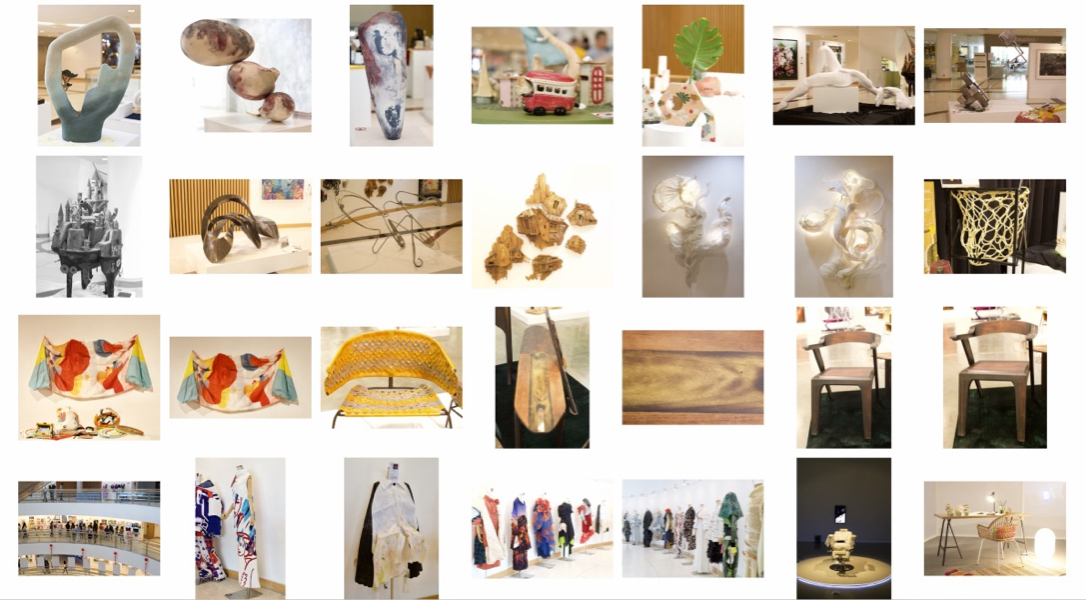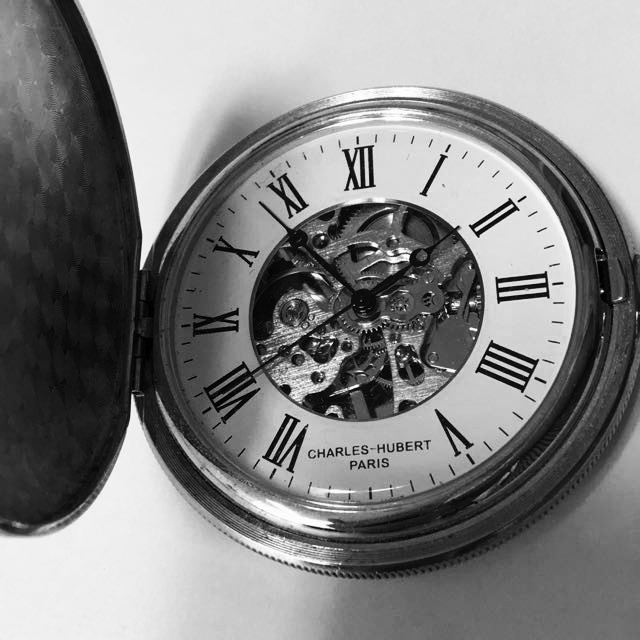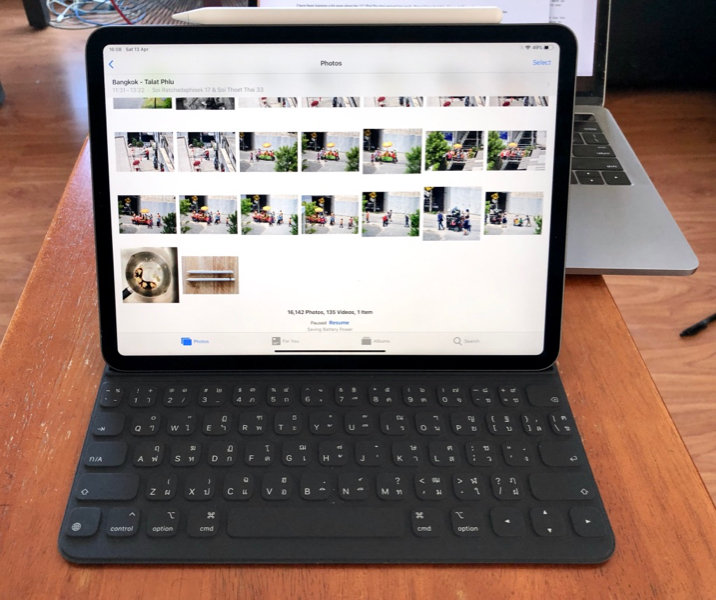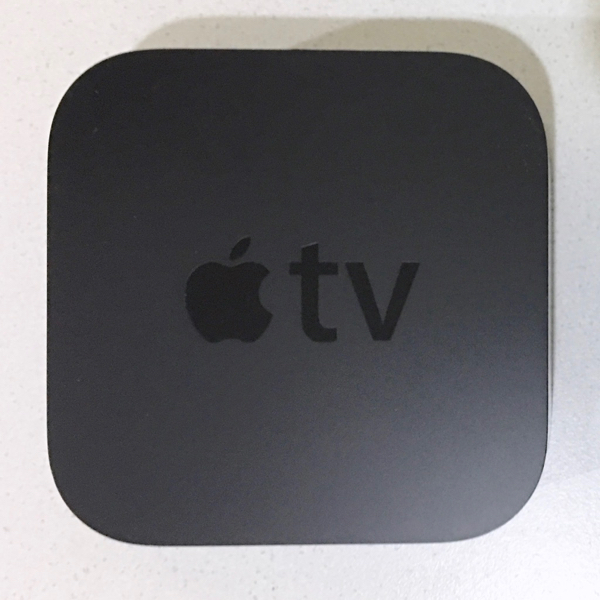|
|
Cassandra - Black & White & Dead All Over; Collateral Damage for AppleBy Graham K. Rogers
The Supreme Court, in a decision written by Justice Kavanaugh with a dissent by Neil Gorsuch and others, opened the door for developers and users to sue Apple and force changes in the way the App Store is run, with particular emphasis on the 30% charge that Apple levies on all sales (Erin Fuchs, Yahoo Finance). I read the opinion (it is not too long) which does not force any changes at the moment. Apple had claimed that as a distribution system it could not be sued for the pricing setup, but Kavanaugh and the other Justices supporting the decision, decided they could be. A useful comment on the case behind this decision (Apple v. Pepper) is available from The Verge (Adi Robertson).
In Apple's case the distribution is to owners of iOS devices who may have specifically chosen these (iPad, iPhone) for particular reasons. In my case it is the integration between all my devices and the desire for reliability: devices and apps. Apple provides a secure distribution system end to end and checks all apps before allowing distribution. As with the news wholesale business, some undesirable content may not be distributed. Apple charges 30% of the adverstised app price and this has often annoyed people, but distribution to a known group of purchasers should not be free. Also commenting on the distribution and why users benefit from the current situation was Benjamin Zycher (American Express Institute). He takes a completely different tack from my comparison with distribution systems and I do not agree with all of his ideas, particularly concerning monopolization and differential pricing; but that suggests there are several ways to look at the same problem which I expect the Courts to do if there is any future litigation.

A look at how bad the situation might be if Apple is sued in antitrust lawsuits is provided by Don Reisinger (Fortune) who cites Katy Huberty. She examines the potential scenarios that might cause Apple to make changes in the distribution system. As a long-term user, I would prefer things to be left as they are. As there is a Google Play store, Apple could not be a monopoly, although I am sure someone will try to argue that.
Apple of course is on the wrong side in this one, both as a competitor for Huawei and a US manufacturer. As international trade is complex these days, cutting imports of Apple goods to China is almost certainly going to mean a cut in the manufacturing, much of which is based in China. Of course, in the long-term, the companies and their employees are caught up in an inter-government trade battle and are merely collateral damage. As a note, Foxconn is already reporting a decline in profits (Roger Fingas, AppleInsider), although this is unlikely to be directly related to this current trade dispute Late in the week, it was reported that the US Government has been forced to relax some of the restrictions that were to have been applied by the Order from Trump as there is a considerable installed base of Huawei equipment (from phones up to servers) that might need repair or maintenance. No spares from Huawei would mean a lot of dead equipment, which could cripple some companies, so as long as those parts are not made in China (as I understand it) they can be imported. In a comment on AppleInsider, Roger Fingas reports the opinion of Cowen (analysts) who believe that the twin threats of the Supreme Court decision and fallout from the China trade dispute are not a threat to Apple's growth: the metric by which Wall Street usually measures Apple. See my comments on an item by Horace Dediu (below).
The team at iMore has a pretty good understanding about Apple and how it works, which may not be the case for Wall Street who think mainly in terms of growth: no growth, Apple doomed. Anyone reading my comments in the past will be aware of my disdain for analysts and investors who think only of the short term killing - a casino mentality. One analyst who is worth taking note of is Horace Dediu (ASYMCO) and this week he demonstrates in The Pivot how well he understands the corporation. It is not simply a company that sells products and nor is it static like some Wall Street growth watchers report. Dediu's pivots "enable [a company] to fundamentally change how value is captured or allocated":
He notes also, as commentators like Ritchie, John Gruber, Daniel Eran Dilger and others have so often (and sometimes forcefully) pointed out, that "Apple, since its inception, has always been oriented around its customers, not its products." The whole article, which includes some of Dediu's trademark charts and his good use of statistics, is worth taking time over.
Apple Pay vice president Jennifer Bailey says Apple is "working rapidly" in Asia and Europe to expand Apple Pay to additional countries. When selecting new countries for Apple Pay deployment, Apple looks at the size of the Apple product market, credit and debit card penetration, and existing contactless payment coverage. There is also a note on why an Apple Pay rollout for India has been shelved for the time being: regulatory issues and technical problems (which is almost certain to affect any rollout here).
Paint is a fairly simple drawing program and because of this it is much loved as a straightforward, no frills app, as is Notepad. This is similar to Notes on Macs and iOS which I am using to write this. As well as the lack of formatting which I find useful when writing, it synchronises content across my devices, so I can work on the street and use the writing on my Mac when I go home. There was a surprise Friday morning when I read that Microsoft is also now forming a bond with Sony (Alession Palumbo, WCCFTech) with the purpose on collaborating on cloud-based solutions for gaming and AI. The companies are also working on semiconductors and AI. Nadella is reinventing Microsoft and it is not as insular as it once appeared.
I am not totally surprised but this week I read in a Tweet by Richard Barrow that the Nation is to cease its print edition next month, due to financial problems. Not long before my columns ended in the Bangkok Post I looked at online statistics and saw that sites that had not existed a year or two before at the top levels, with the Post around Number 80. I knew then that the column would end. Its current position on TrueHits is 56 so there appears to have been some improvement.

Both times the device light came on, but nothing appeared on the screen. I checked the connections (power, HDMI cable) but all seemed OK, so I pulled the power cord and counted to 30, then restarted. The Apple logo appeared on the screen and then the main menu. I started Netflix and resumed watching Rain. By a wonderful coincidence, on Sunday Joseph Keller (iMore) wrote about troubleshooting AppleTV problems with a page-full of hints and how to use the controls to fix a recalcitrant device. Today I watch the MotoGP races using their new TV app; and next month (21 June) Netflix is due to release Season 2 of the German series, Dark. I will be looking forward to that.
Graham K. Rogers teaches at the Faculty of Engineering, Mahidol University in Thailand. He wrote in the Bangkok Post, Database supplement on IT subjects. For the last seven years of Database he wrote a column on Apple and Macs. After 3 years writing a column in the Life supplement, he is now no longer associated with the Bangkok Post. He can be followed on Twitter (@extensions_th) |
|


 I have written on the point about distribution on a number of occasions, using comparisons of news distribution: wholesalers and retailers take a cut of the cover price to cover their costs in distributing the journals and newspapers from the publishers to the customer. That includes the infrastructure (delivery transport, premises, wages) and profit. A dirty word, but companies are not charities and need to make a profit. From memory, wholesales would take 25% of the cover price. Retailers would also take a cut, but I am not able to remember what this was (or is).
I have written on the point about distribution on a number of occasions, using comparisons of news distribution: wholesalers and retailers take a cut of the cover price to cover their costs in distributing the journals and newspapers from the publishers to the customer. That includes the infrastructure (delivery transport, premises, wages) and profit. A dirty word, but companies are not charities and need to make a profit. From memory, wholesales would take 25% of the cover price. Retailers would also take a cut, but I am not able to remember what this was (or is).
 In a series of posts on Twitter, Rene Ritchie was discussing his use of his iTunes account which was set up using a Gmail account. Like the account I use for iTunes (not Gmail) that is about all I use the email account for, but in his case it appears that all of his iTunes history is known by Google, and advertisements are targeted at him because of that. Who woulda known?
In a series of posts on Twitter, Rene Ritchie was discussing his use of his iTunes account which was set up using a Gmail account. Like the account I use for iTunes (not Gmail) that is about all I use the email account for, but in his case it appears that all of his iTunes history is known by Google, and advertisements are targeted at him because of that. Who woulda known?
 Late night Saturday I had a fright when the Apple TV feed just went blank while I was watching the first episode of Rain, Series 2. Things often let me down some Saturdays after my cleaning lady has been and poked around the back of tables, but I am not sure this was the case here. The internet was still working so the problem was unlikely to be the feed (Netflix was OK on the iOS devices). I put the device to sleep a couple of times (hold the TV button and then click the main control surface).
Late night Saturday I had a fright when the Apple TV feed just went blank while I was watching the first episode of Rain, Series 2. Things often let me down some Saturdays after my cleaning lady has been and poked around the back of tables, but I am not sure this was the case here. The internet was still working so the problem was unlikely to be the feed (Netflix was OK on the iOS devices). I put the device to sleep a couple of times (hold the TV button and then click the main control surface).
